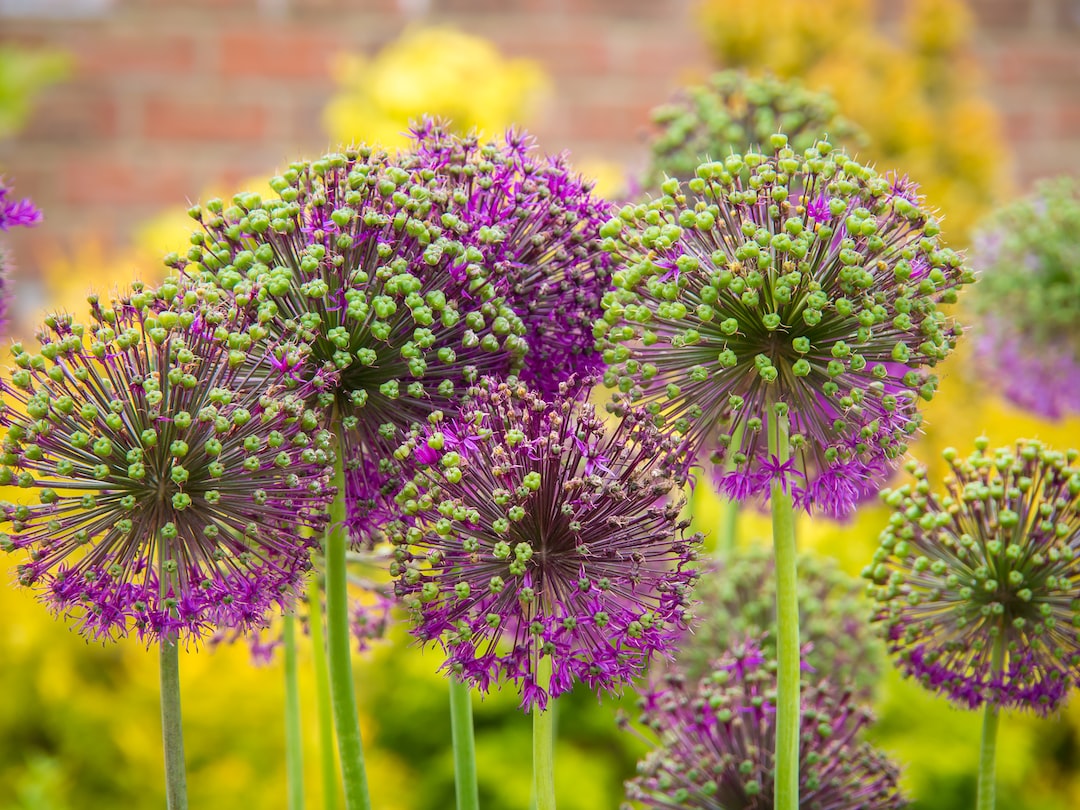Why Isn’t My Peace Lily Blooming? Troubleshooting Tips for a Healthy Plant

The Peace Lily, also known as Spathiphyllum, is a popular houseplant known for its beautiful white flowers and lush green foliage. It is native to the tropical regions of the Americas and is a member of the Araceae family. The Peace Lily is not only aesthetically pleasing, but it also has air-purifying qualities, making it a great addition to any indoor space.
Understanding the blooming cycle of the Peace Lily is crucial for its care and maintenance. By knowing the different stages of blooming and the factors that affect it, you can ensure that your plant thrives and produces beautiful flowers year after year.
Key Takeaways
- Peace lilies have a blooming cycle that typically occurs in the spring and summer.
- These plants thrive in bright, indirect light but can also tolerate low light conditions.
- Overwatering can lead to root rot, while underwatering can cause the plant to wilt and droop.
- Peace lilies prefer well-draining soil and may experience nutrient deficiencies if not fertilized regularly.
- Ideal temperature and humidity for peace lilies are between 65-80°F and 40-60% humidity, respectively.
Understanding the Peace Lily’s Blooming Cycle
The blooming cycle of a Peace Lily consists of several stages. It starts with the emergence of a flower bud, which gradually grows and develops into a fully bloomed flower. After blooming, the flower will eventually fade and die, making way for new buds to form.
Several factors can affect the blooming cycle of a Peace Lily. One of the most important factors is light. The amount and quality of light that a Peace Lily receives can greatly impact its ability to bloom. Other factors include temperature, humidity, watering habits, soil quality, and nutrient deficiencies.
Light Requirements for a Thriving Peace Lily
Proper lighting conditions are essential for the healthy growth and blooming of a Peace Lily. Ideally, they should be placed in bright, indirect light. Direct sunlight can scorch the leaves and cause damage to the plant.
Signs of too much light include yellowing or browning leaves, while signs of too little light include pale or drooping leaves. If your Peace Lily is not receiving enough light, consider moving it to a brighter location or providing supplemental artificial lighting.
Watering Habits: Too Much or Too Little?
| Watering Habits | Too Much | Too Little |
|---|---|---|
| Impact on Plants | Root rot, mold, fungus | Drought stress, wilting, stunted growth |
| Water Usage | Waste of water resources | Conserves water resources |
| Frequency | Overwatering can occur frequently | Underwatering can occur frequently |
| Signs of Overwatering | Yellowing leaves, mushy roots, foul odor | N/A |
| Signs of Underwatering | N/A | Dry soil, brown leaves, drooping foliage |
Watering is another crucial aspect of caring for a Peace Lily. It is important to strike a balance between overwatering and underwatering. Overwatering can lead to root rot and other fungal diseases, while underwatering can cause the plant to wilt and eventually die.
The frequency of watering will depend on various factors such as the size of the pot, the temperature, and the humidity levels. As a general rule, it is best to water your Peace Lily when the top inch of soil feels dry to the touch. Avoid letting the plant sit in standing water, as this can lead to root rot.
Soil Quality and Nutrient Deficiencies
The quality of the soil is crucial for the overall health and blooming of a Peace Lily. It should be well-draining and rich in organic matter. A good potting mix for Peace Lilies consists of equal parts peat moss, perlite, and vermiculite.
Nutrient deficiencies can also affect the blooming cycle of a Peace Lily. Common deficiencies include nitrogen, phosphorus, and potassium. To address these deficiencies, you can use a balanced fertilizer specifically formulated for houseplants. Be sure to follow the instructions on the packaging for proper application.
Temperature and Humidity: Ideal Conditions for Blooming

Peace Lilies thrive in temperatures between 65-85°F (18-29°C). They are sensitive to cold drafts and should be kept away from air conditioning vents or windows during the winter months.
Humidity is also important for the healthy growth and blooming of a Peace Lily. They prefer moderate to high humidity levels, which can be achieved by placing a tray of water near the plant or using a humidifier. Misting the leaves with water can also help increase humidity.
Repotting: When and How to Do It
Repotting is necessary when a Peace Lily becomes root-bound or outgrows its current pot. Signs that it’s time to repot include roots growing out of the drainage holes, the plant becoming top-heavy, or the soil drying out quickly after watering.
To repot a Peace Lily, gently remove it from its current pot and shake off excess soil. Place it in a slightly larger pot with fresh potting mix, making sure to position it at the same depth as before. Water thoroughly after repotting and allow the plant to adjust to its new environment.
Pests and Diseases: Identifying and Treating Common Issues
Like any other plant, Peace Lilies are susceptible to pests and diseases. Common pests include spider mites, aphids, and mealybugs. These can be treated with insecticidal soap or by wiping the leaves with a mixture of water and mild dish soap.
Diseases such as root rot and leaf spot can also affect Peace Lilies. To prevent these issues, ensure that the plant is not overwatered and that it has good air circulation. If you notice any signs of disease, remove affected leaves or treat with a fungicide.
Pruning: How to Encourage Blooming and Healthy Growth
Pruning is an important aspect of caring for a Peace Lily. It helps promote healthy growth and encourages blooming. Prune any yellow or brown leaves to maintain the overall appearance of the plant.
To prune a Peace Lily, use clean, sharp scissors or pruning shears. Cut back any dead or dying leaves at the base of the plant. You can also trim back any leggy or overgrown stems to encourage new growth.
Fertilizing: Dos and Don’ts for a Healthy Peace Lily
Fertilizing is essential for providing the necessary nutrients for a Peace Lily to bloom and thrive. Use a balanced, water-soluble fertilizer specifically formulated for houseplants. Follow the instructions on the packaging for proper application.
It is important not to over-fertilize a Peace Lily, as this can lead to salt buildup in the soil and burn the roots. Fertilize once a month during the growing season (spring and summer) and reduce or stop fertilizing during the dormant period (fall and winter).
Patience and Persistence: Giving Your Peace Lily Time to Bloom
Patience is key when it comes to caring for a Peace Lily. It may take some time for a newly acquired plant to adjust to its new environment and start blooming. It is important to provide consistent care and be patient as you wait for your Peace Lily to bloom.
To encourage blooming, ensure that your plant is receiving adequate light, water, and nutrients. Maintain proper temperature and humidity levels, and be diligent in pruning and pest control. With time and persistence, your Peace Lily will reward you with beautiful flowers.
In conclusion, understanding the blooming cycle of a Peace Lily is crucial for its care and maintenance. By providing the ideal lighting conditions, watering habits, soil quality, temperature, humidity, repotting when necessary, addressing pests and diseases, pruning, fertilizing, and practicing patience, you can ensure that your Peace Lily thrives and produces beautiful flowers year after year. So go ahead, care for and enjoy your Peace Lily knowing that you have the knowledge to keep it healthy and blooming.



